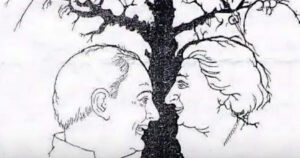Physicist Claims They Have Uncovered The First Evidence of the Multiverse
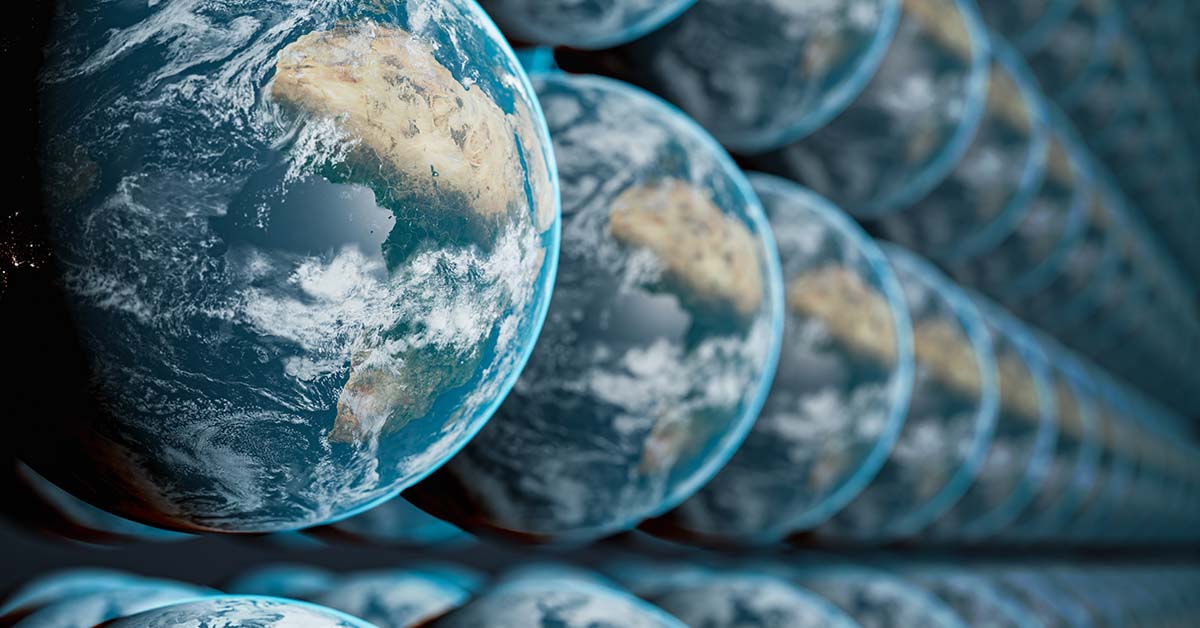
Cosmologist Laura Mersini-Houghton from the University of North Carolina at Chapel Hill has proposed that our universe came from a quantum wave function, generating multiple universes alongside our own – in other words, the multiverse. This theory suggests that the universe’s earliest moments can be explained by quantum mechanics, offering a new perspective on cosmic origins.
The Improbable Universe
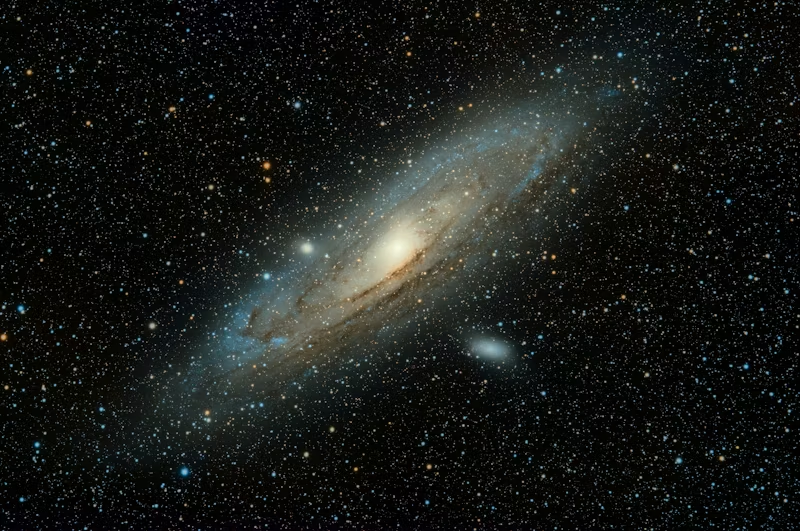
This theory is mainly supported by the fact that our existence is so unlikely that it must exists in a multiversal setting. According to the second law of thermodynamics, our universe’s first experienced extremely low entropy made the concept of a ‘big bang’ nearly impossible. Oxford mathematician Roger Penrose calculated the probability as a 1 in 10^10^123^1 possibility (that’s 123 zeroes). This ridiculously low probability has led Mersini-Houghton to consider a quantum multiverse as the theory instead.
The Breakthrough
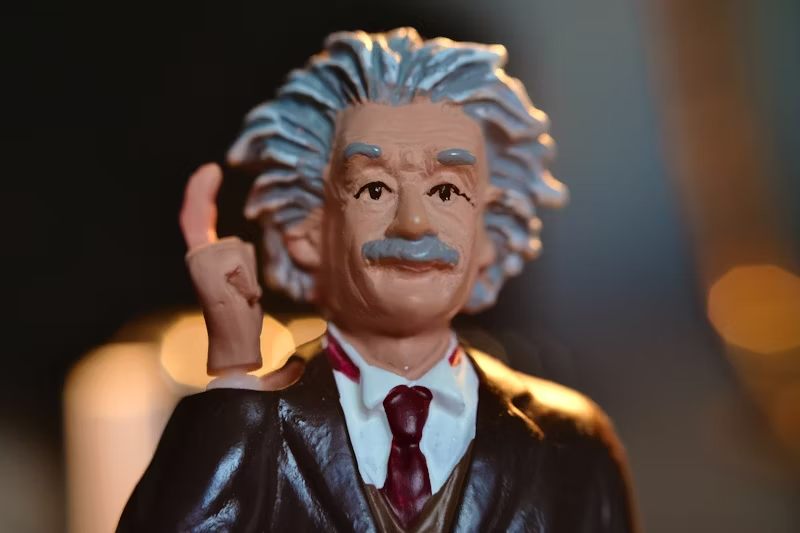
Mersini-Houghton’s theory came to her when she realized the early universe’s quantum nature could be viewed as a wave function rather than just an object. “QM on the landscape” – quantum mechanics applied to the concept of string theory – became her foundation for understanding universal origins. This approach brought together both quantum mechanics and string theory in regards to multiple possible energy states.
Observable Evidence in Our Sky

The theory is able to test how other universes would leave their mark on our own. Working with colleagues Richard Holman and Tomo Takahashi, she predicted there would be certain signatures in the cosmic microwave background (CMB). A massive void, roughly 900 million light years wide, was later discovered by the Wilkinson Microwave Anisotropy Probe and confirmed by the Planck satellite. This void, Mersini-Houghton believes, is one of those signatures.
Understanding the Multiverse Concept
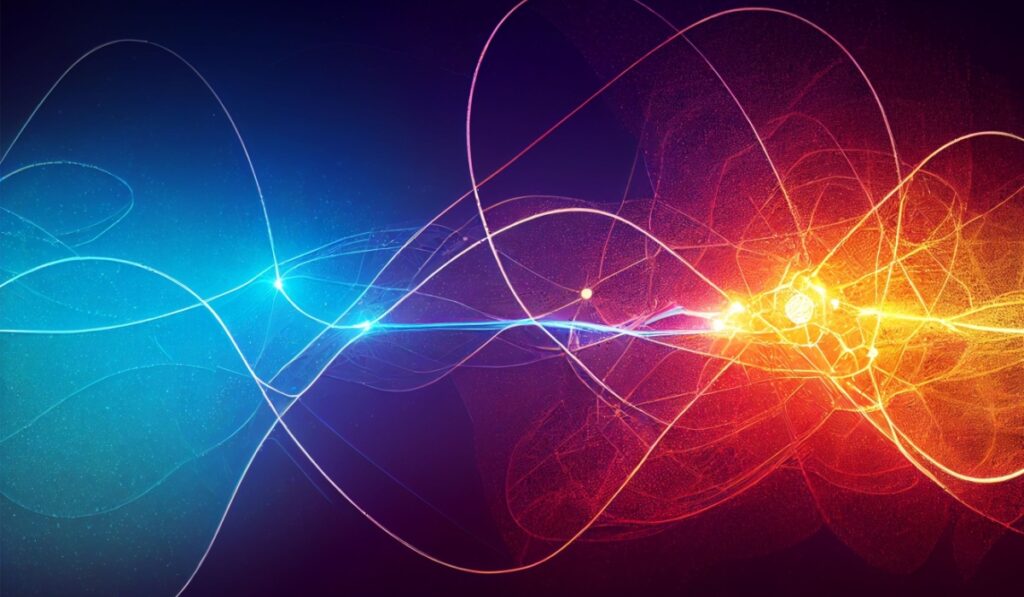
The theory of a multiverse isn’t new, or even unique – it appears all over physics, just more so in quantum mechanics. As physicist Paul Halpern explains, “There are different ideas about the multiverse: cultural ideas and scientific ideas”. The “many-worlds” interpretation Mersini-Houghton suggests is that all possible quantum states exist in different universes.
Fine-Tuning and Multiple Universes

Finding the constants in our universe’s suggests that there are special conditions for life to flourish. Physicist Brandon Carter proposed that our universe might be one of many possible versions, uniquely capable of supporting complex structures and life. This concept of a finely-tuned Earth bolsters the idea of any multiverse theory.
Testing the Untestable

While directly viewing any other universes remains impossible, we can look for indirect evidence to support their existence. The universe’s expansion and light’s finite speed do create natural observational limits, but theoretical physics continues to push boundaries. Recent analysis of Planck satellite data by Mersini-Houghton and Eleonora Di Valentino supports the quantum landscape multiverse origin for now.
Implications for Physics and Philosophy
The multiverse theory challenges traditional scientific methodology and raises serious questions about testability and truth. Some researchers argue that if something can’t be tested traditionally, it isn’t science. However, as our understanding of physics evolves, acceptance grows for theories that explain observable phenomena while having unobservable elements to back up their claims.
The Hidden Wisdom of Animals: What They Teach Us About Life, Love, and Survival
From the tiniest ant to the mighty elephant, animals have always captured the human imagination. We watch them, study them, befriend them, and sometimes fear them — but most of all, we are deeply connected to them. Animals aren’t just companions or subjects in documentaries; they are intelligent, emotional, and often surprisingly similar to us.
In a world increasingly dominated by technology and urban living, animals remind us of something raw, instinctive, and beautifully honest. They live without pretense, adapt with resilience, and often express emotions in ways that are more sincere than many humans do.
Let’s take a closer look at why animals matter more than we often realize — and what they can teach us about ourselves and the world around us.
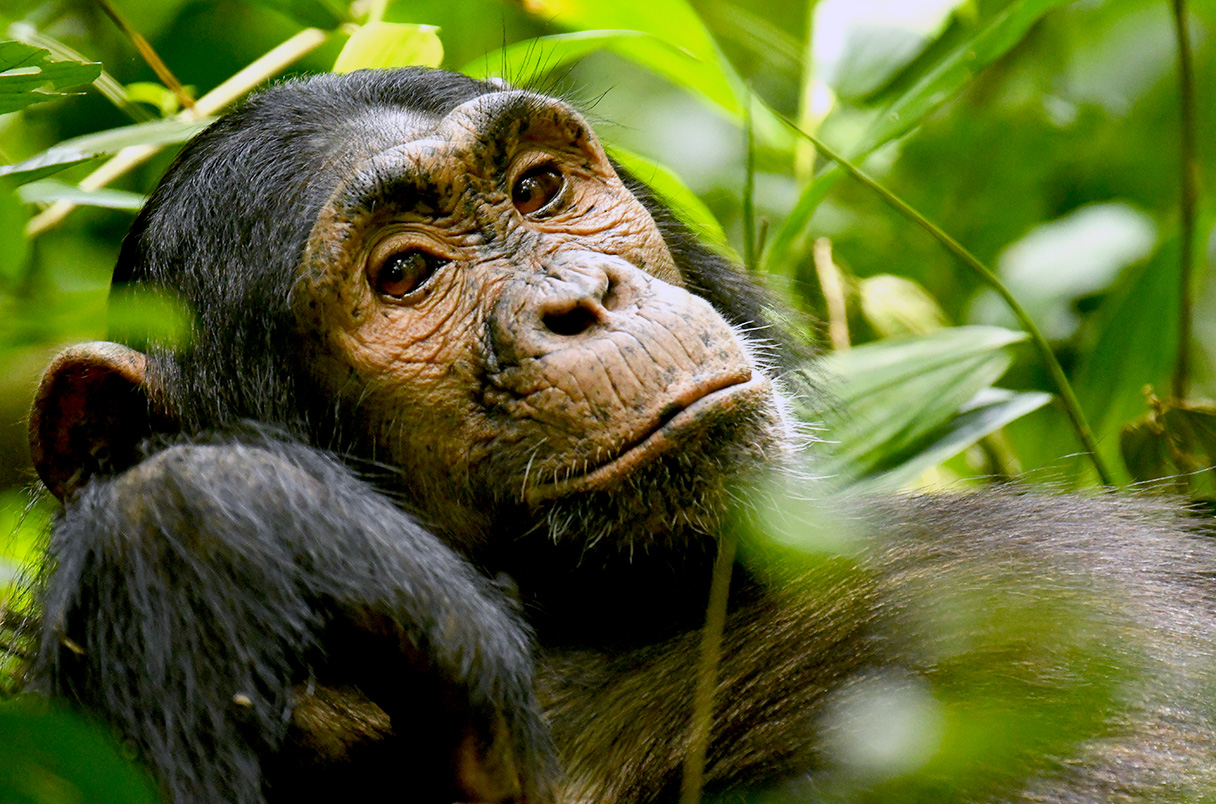
The Animal Kingdom: A Masterclass in Diversity
Earth is home to over 8.7 million species of animals (and possibly millions more yet to be discovered). From deep-sea jellyfish that glow in the dark to birds that mimic human speech, the diversity of the animal kingdom is astonishing.
Each species has evolved to thrive in its environment. Consider:
-
The arctic fox, whose coat changes color with the seasons for camouflage.
-
The hummingbird, which can flap its wings up to 80 times per second.
-
The octopus, with its incredible problem-solving abilities and three hearts.
-
The bee, whose pollination supports nearly one-third of the food we eat.
This stunning variety is not just interesting — it’s essential. Every animal plays a role in maintaining balance in the ecosystem. When even one species disappears, the ripple effects can be enormous.
Animals and Emotions: More Than Instinct
For a long time, scientists were hesitant to attribute emotions to animals. But research is now confirming what pet owners and animal lovers have known for centuries: animals feel.
-
Elephants mourn their dead, often revisiting the bones of lost companions.
-
Dogs show loyalty and affection, sometimes to the point of risking their own lives.
-
Crows hold grudges — and even recognize human faces.
-
Dolphins engage in play, cooperation, and even help injured pod members.
These emotional capacities tell us that animals are not just biological machines driven by instinct. They are sentient beings capable of joy, sadness, empathy, and fear.
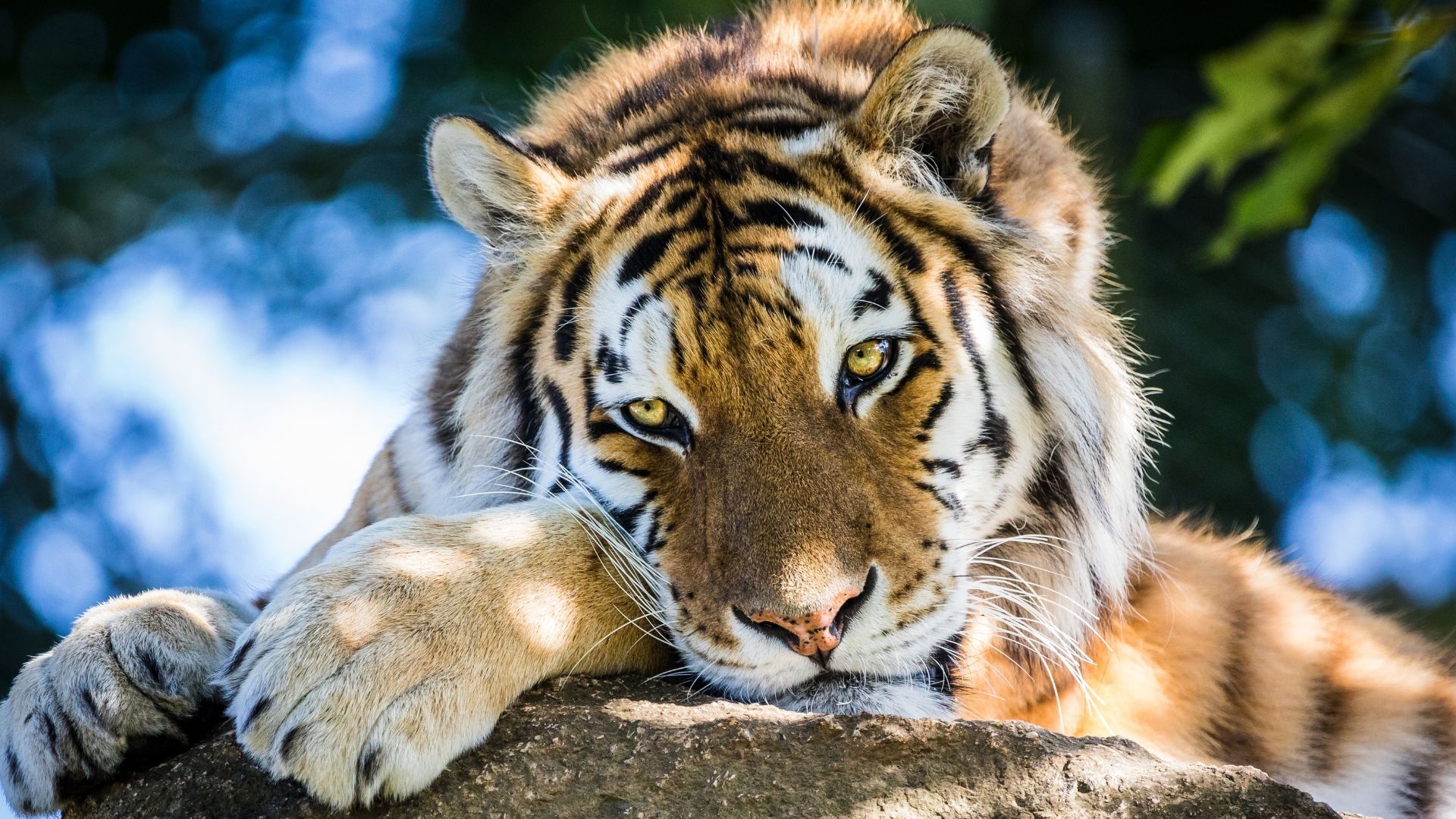
Lessons from the Wild
Animals don’t speak our languages, but they have much to teach us — if we’re willing to listen.
-
Live in the moment
Unlike humans, animals don’t dwell on the past or obsess over the future. They are fully present, responding to life as it unfolds. Watching a cat bask in the sun or a deer pause at a stream reminds us of the peace that comes from simply being. -
Adaptability
Whether it’s migrating birds traveling thousands of miles or urban raccoons learning to open trash bins, animals are master survivors. In a changing world, their flexibility is a lesson in resilience. -
Balance and harmony
Wild ecosystems thrive through balance. Predators don’t overhunt, prey animals don’t overgraze — everything works together in a delicate dance. It’s a reminder of how our actions affect more than just ourselves. -
Community and cooperation
Ants build cities. Wolves hunt in packs. Orcas share food and communicate with distinct dialects. These social behaviors highlight the power of unity and collaboration — something humanity often forgets.
Our Relationship with Animals
From ancient cave paintings to modern-day Instagram pet accounts, humans have always been fascinated with animals. We domesticated some for farming, protection, and companionship. Others we admire from afar in documentaries or zoos. But our relationship with animals is complex — and sometimes problematic.
Deforestation, climate change, and poaching have put countless species at risk. More than 1 million species face extinction in the coming decades. While conservation efforts are growing, there’s still much to do.
Thankfully, awareness is rising. Many people now adopt rather than buy pets, support wildlife conservation programs, and reduce their impact on the planet through sustainable choices. It’s a reminder that every small action counts.
Animals as Healers
Beyond their roles in ecosystems or as pets, animals also have powerful healing abilities.
-
Therapy dogs help veterans with PTSD.
-
Horses are used in equine-assisted therapy for trauma and developmental disorders.
-
Cats and dogs in hospitals bring comfort and reduce stress among patients.
The unconditional love of an animal can heal emotional wounds in a way that words sometimes cannot. Their presence, touch, and loyalty provide something truly special: a bond free of judgment.
Fun and Fascinating Animal Facts
To wrap things up, here are a few amazing animal facts that show just how incredible our fellow earthlings really are:
-
A sloth can hold its breath longer than a dolphin — up to 40 minutes!
-
A group of flamingos is called a “flamboyance.”
-
Male seahorses carry and give birth to their young.
-
Rats can laugh when tickled — yes, really!
-
African grey parrots have the intelligence of a 4–6-year-old child.
